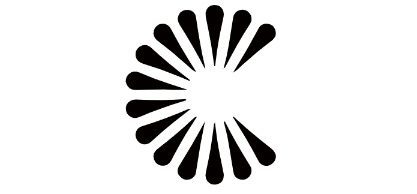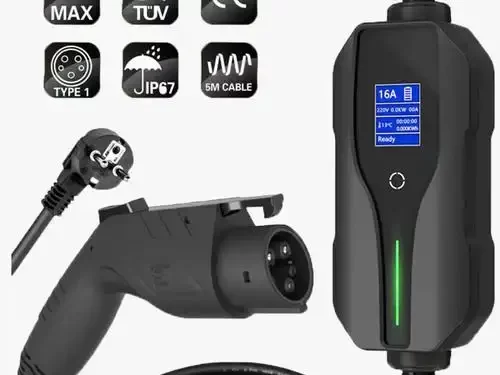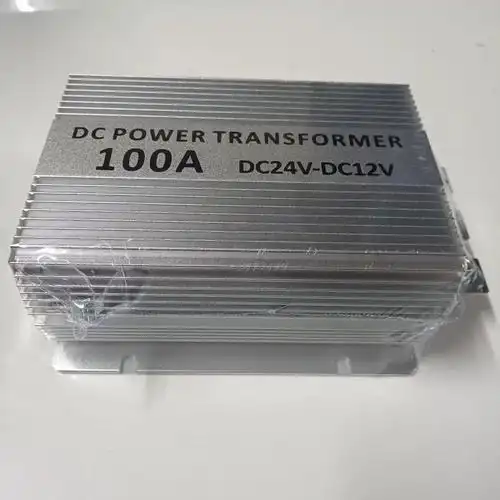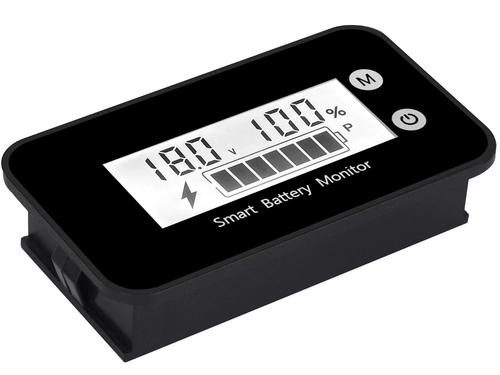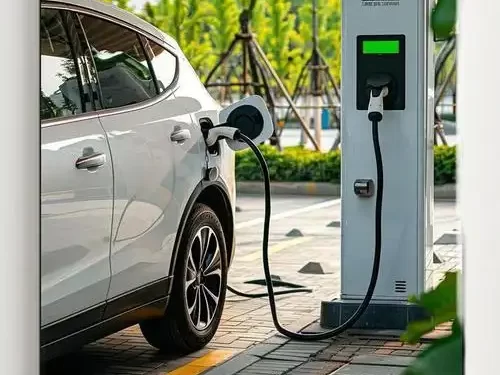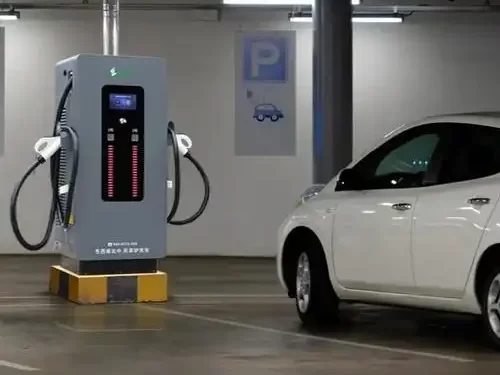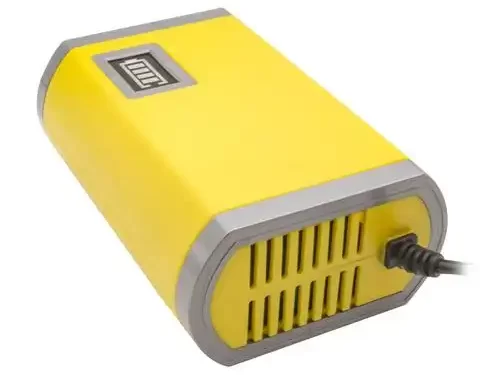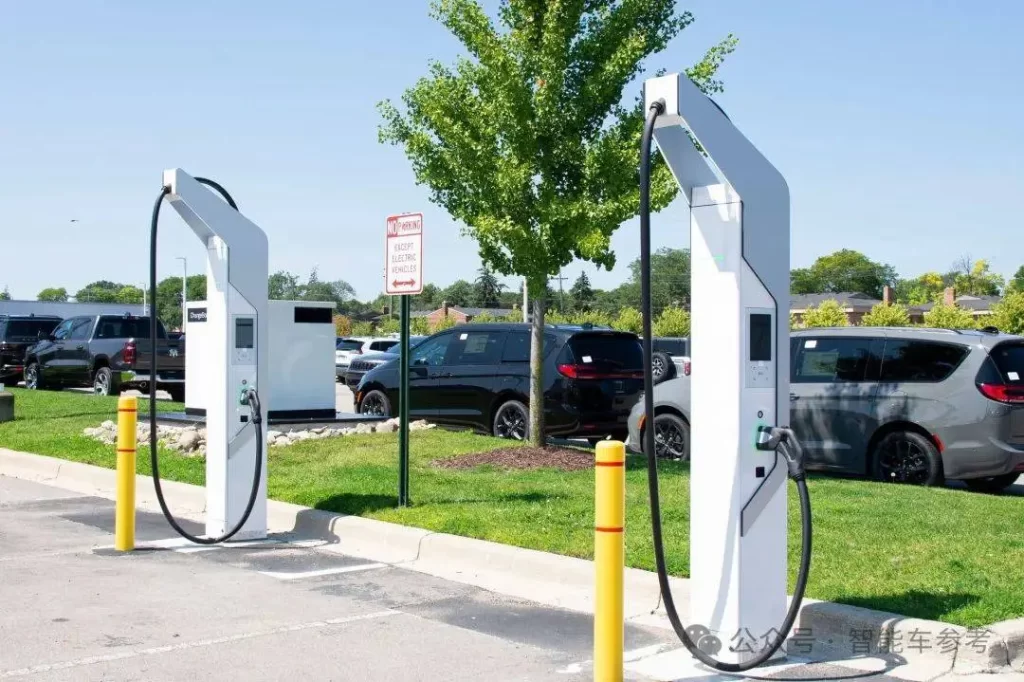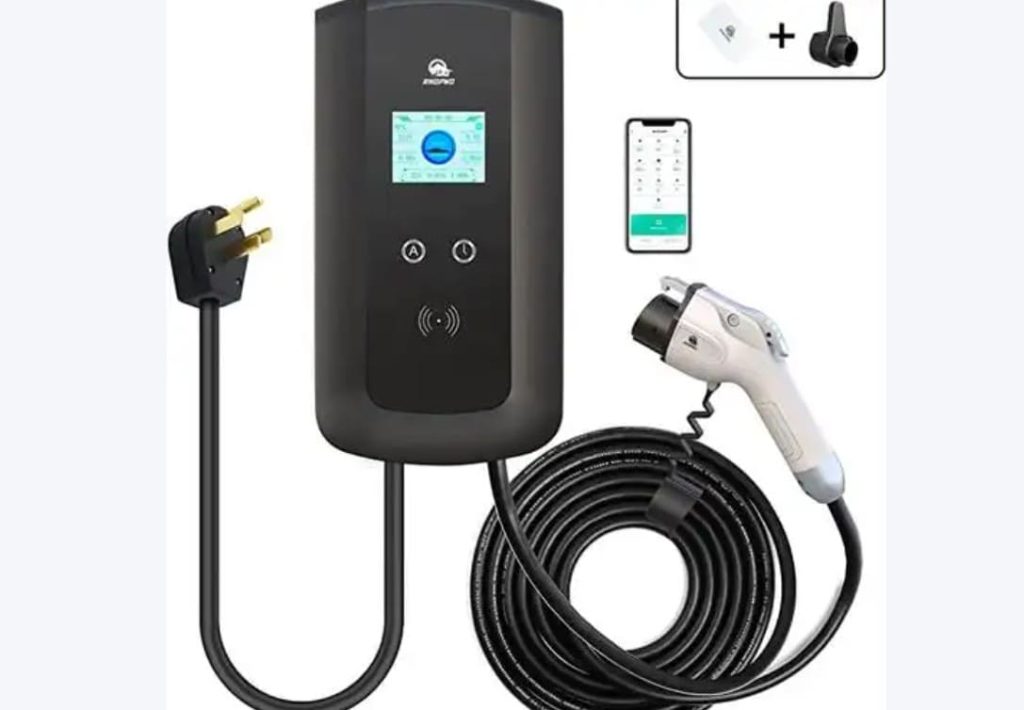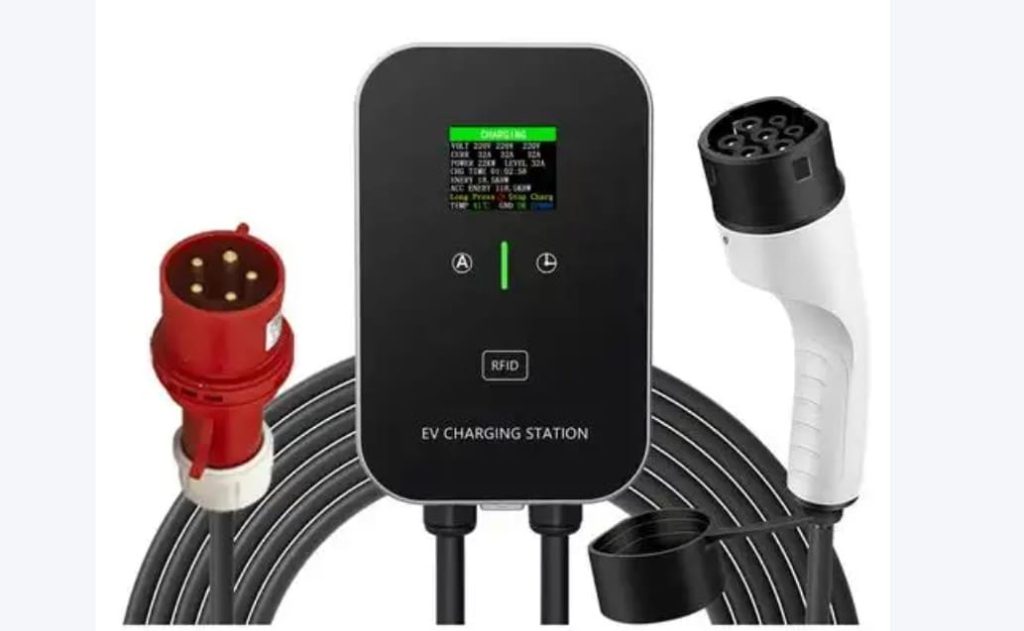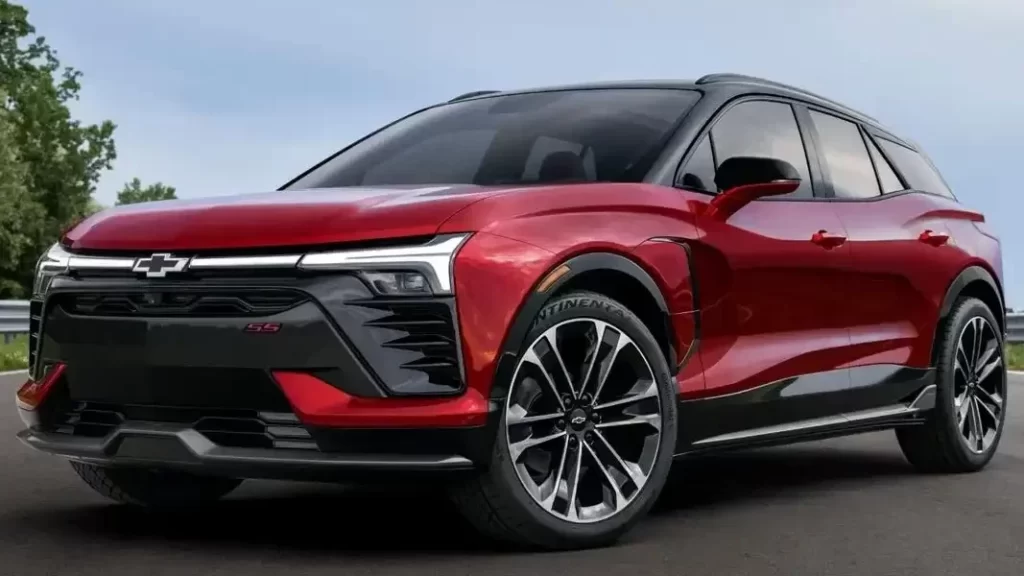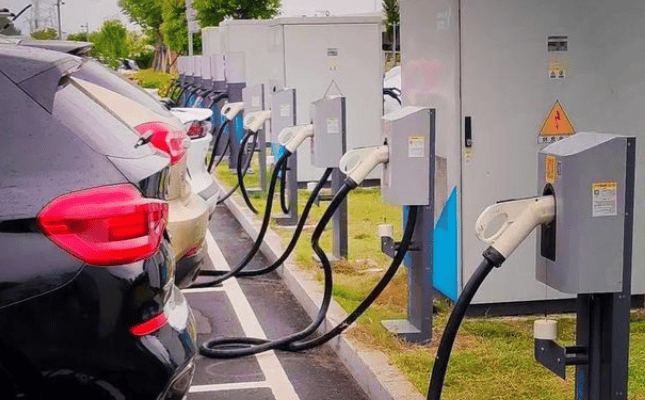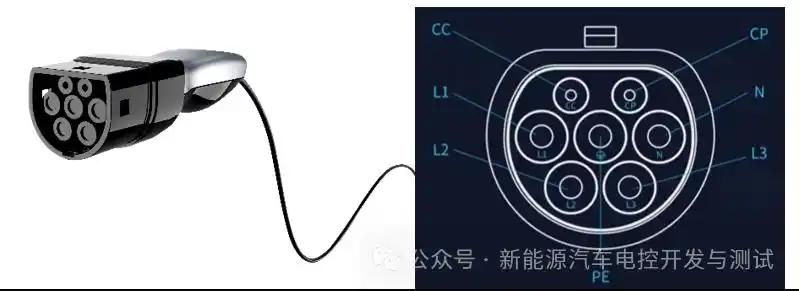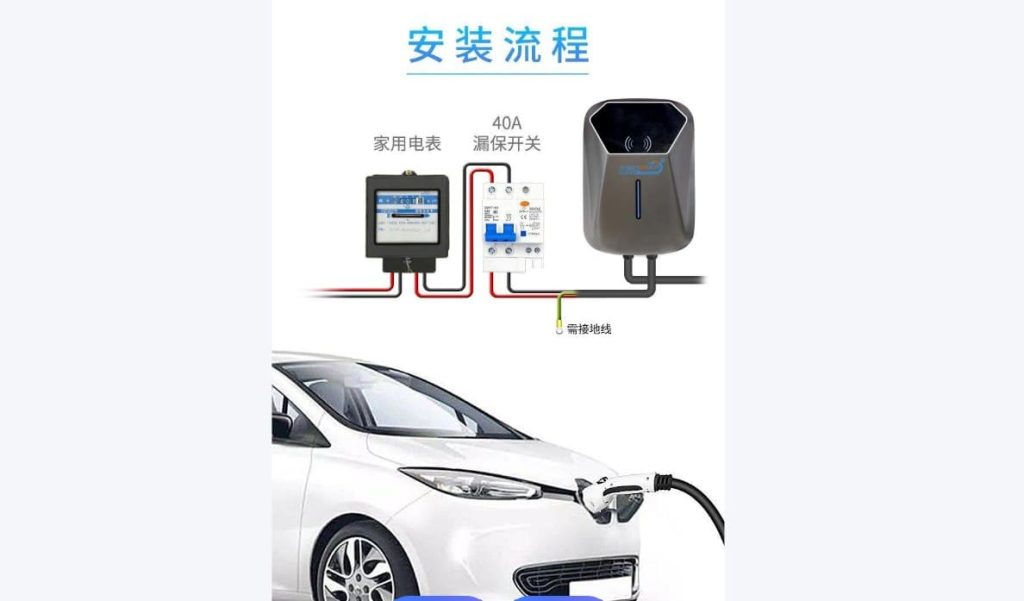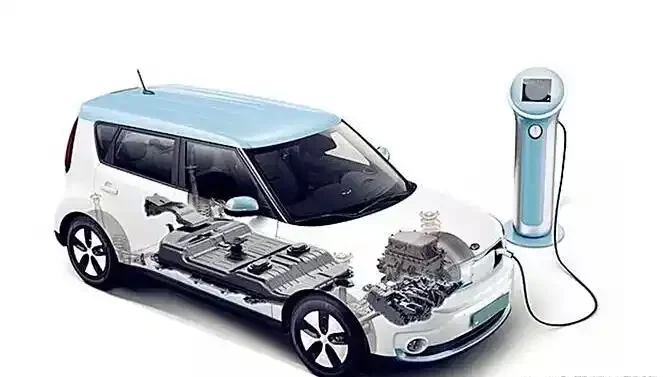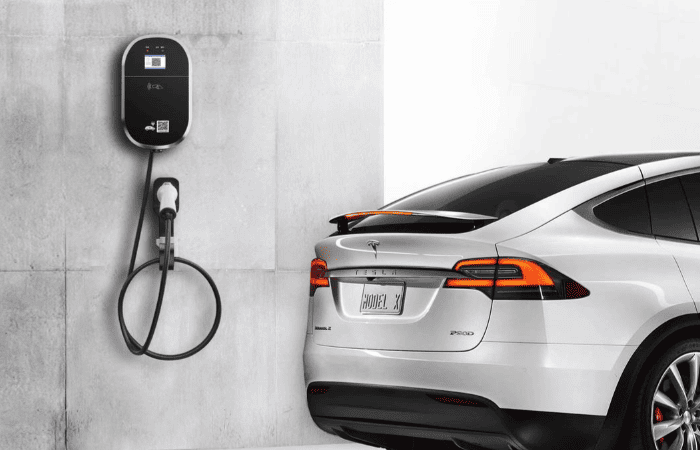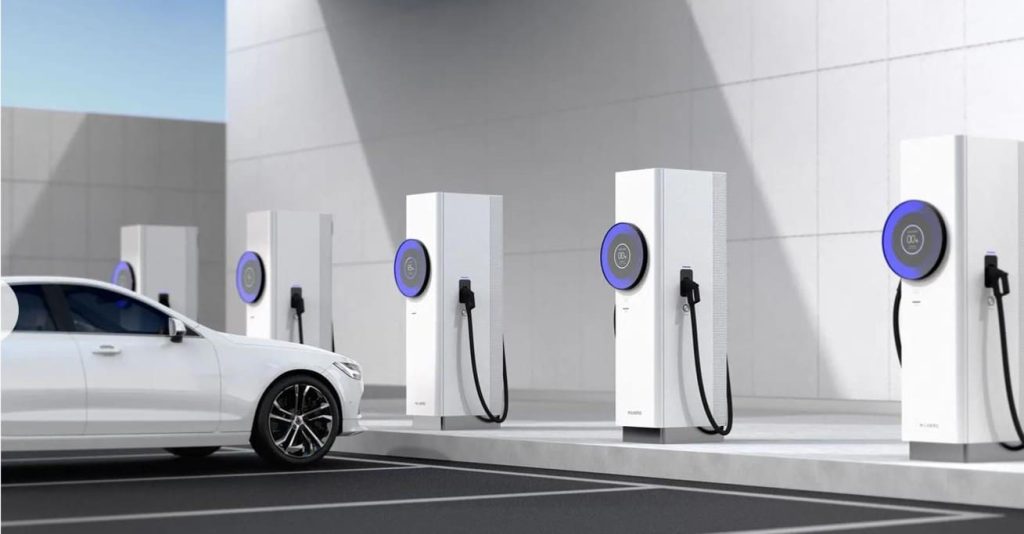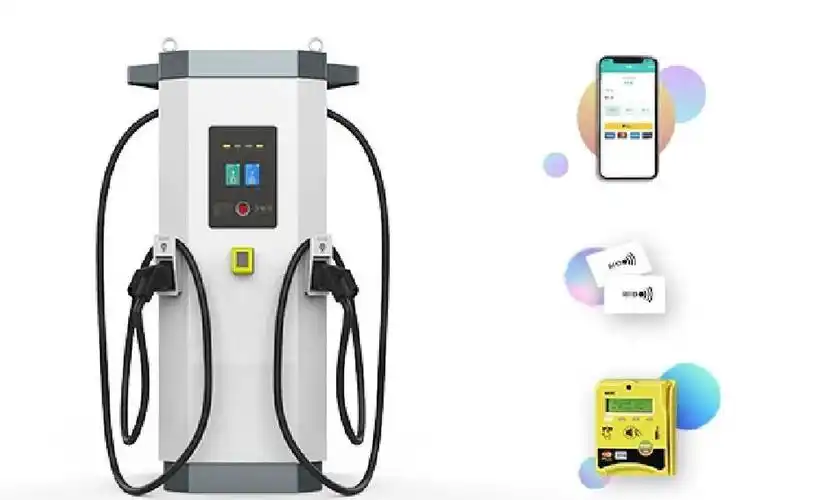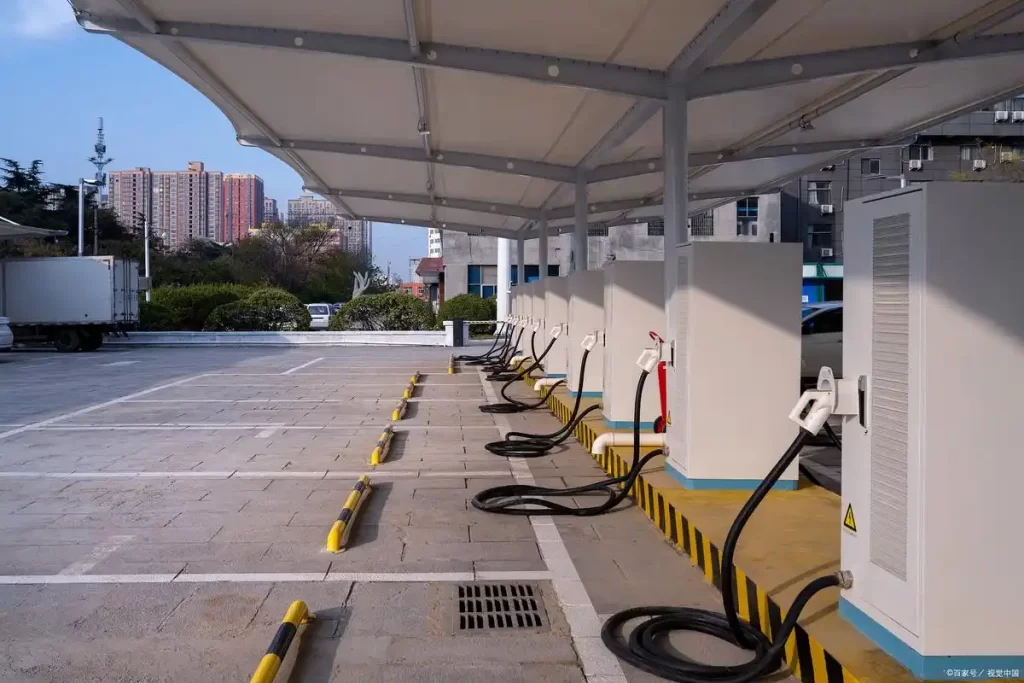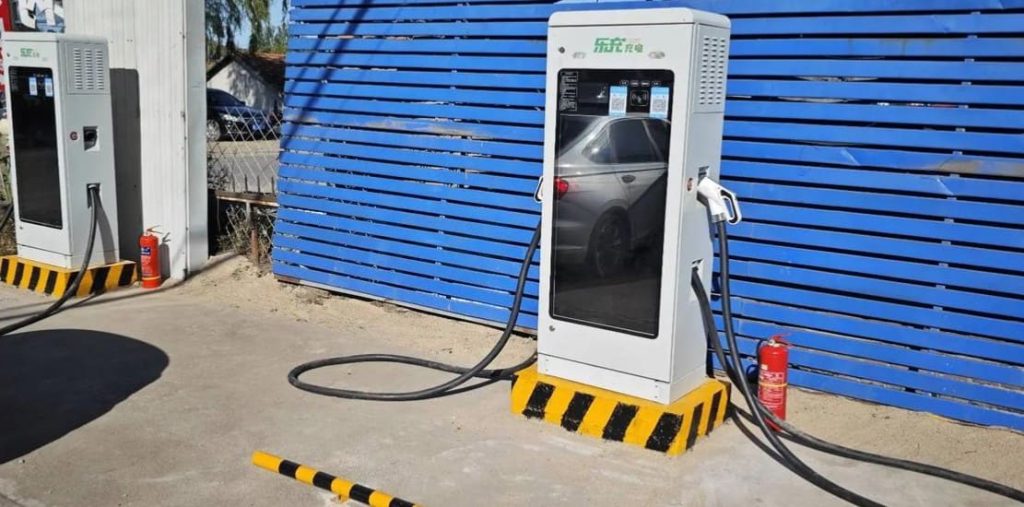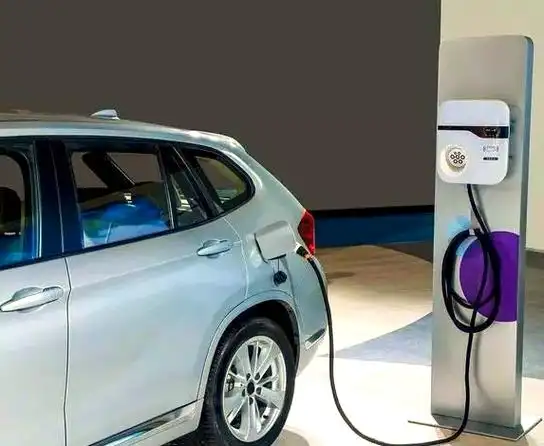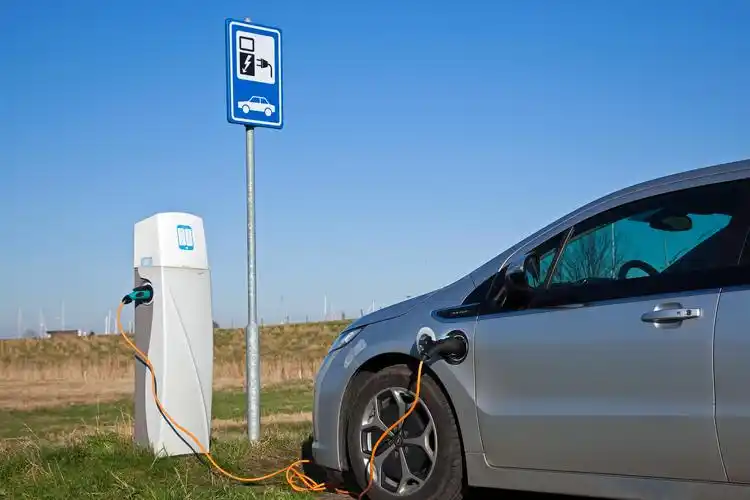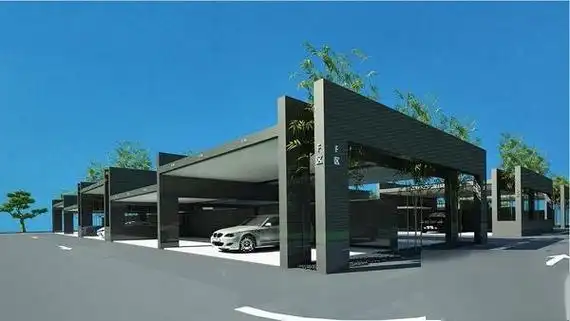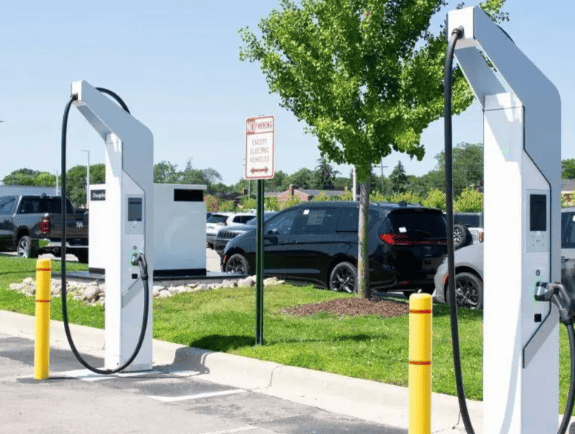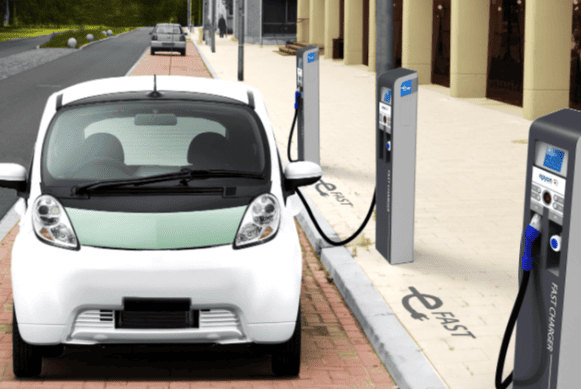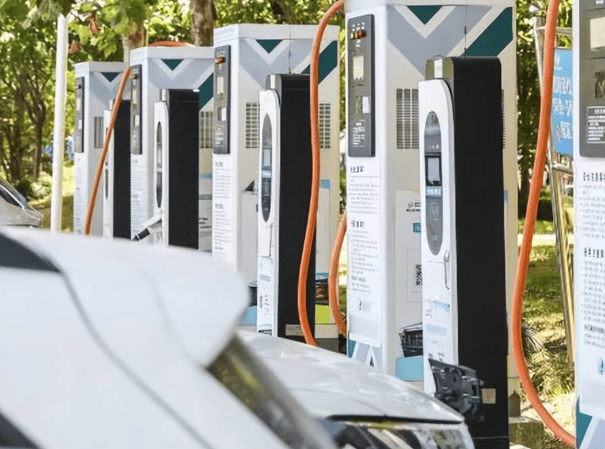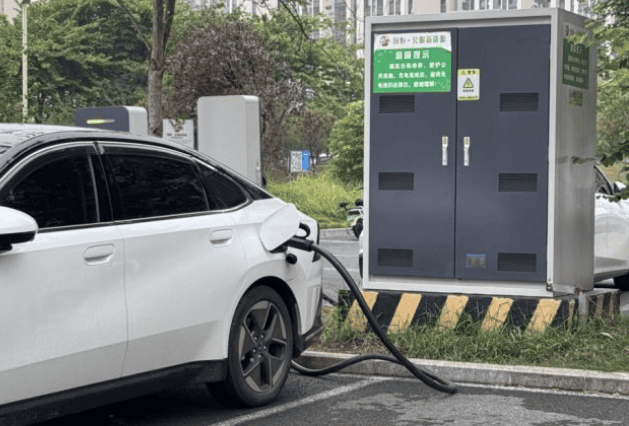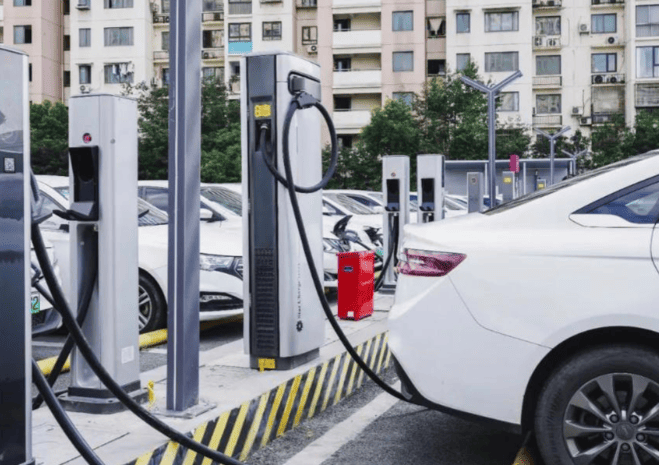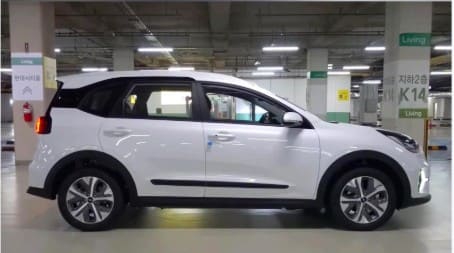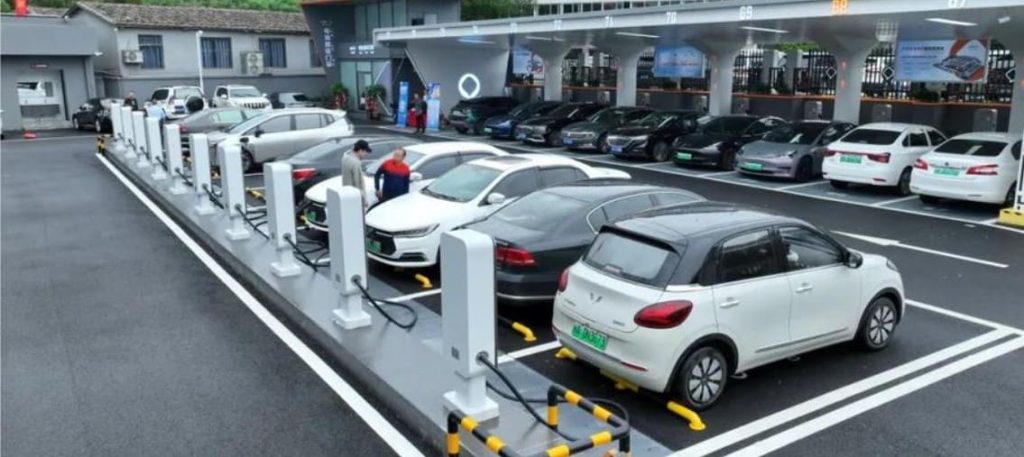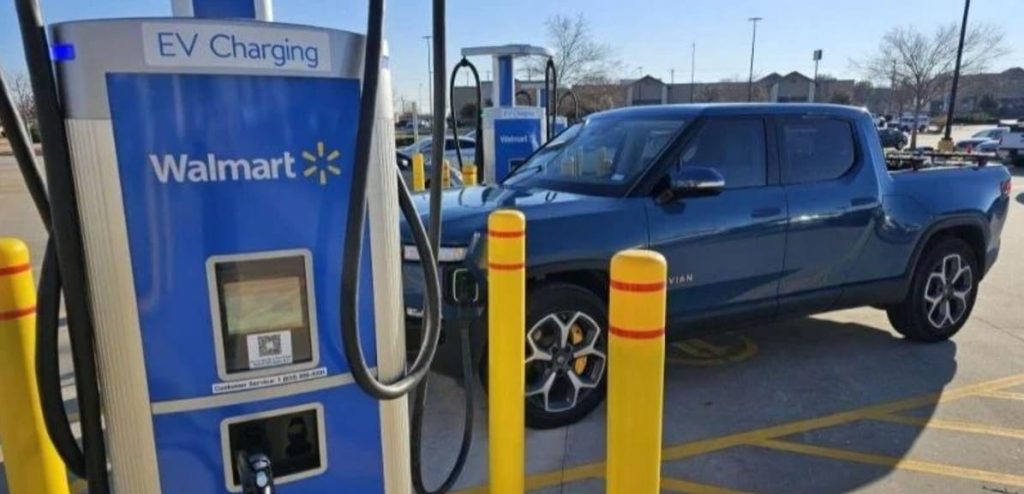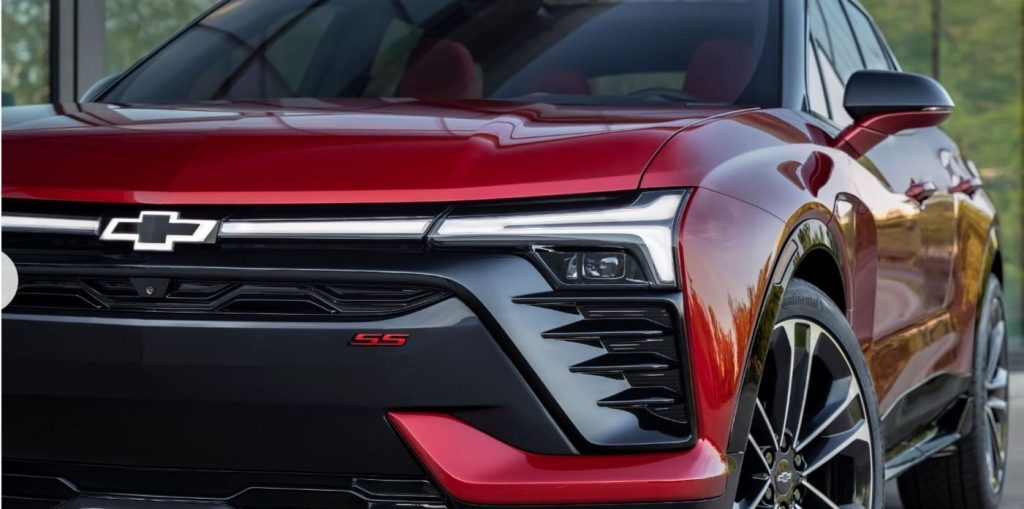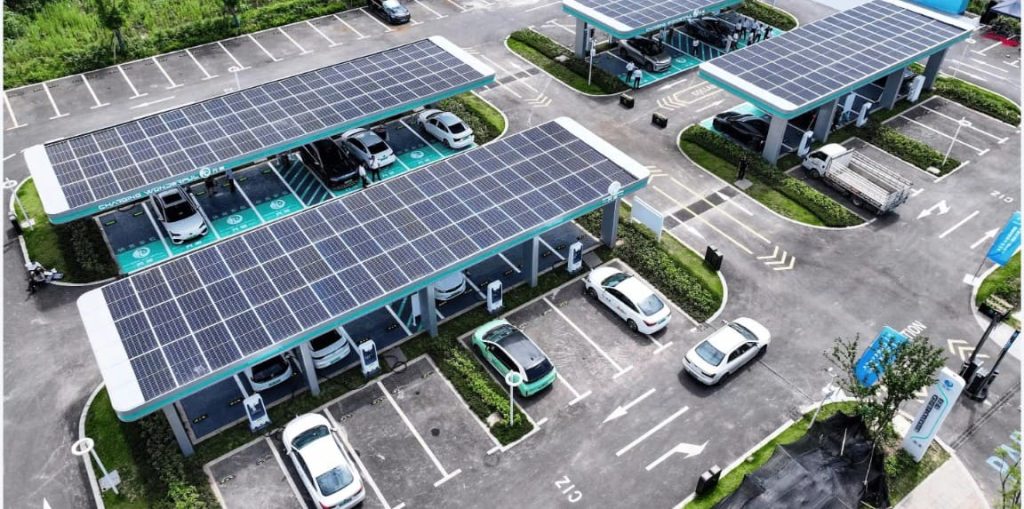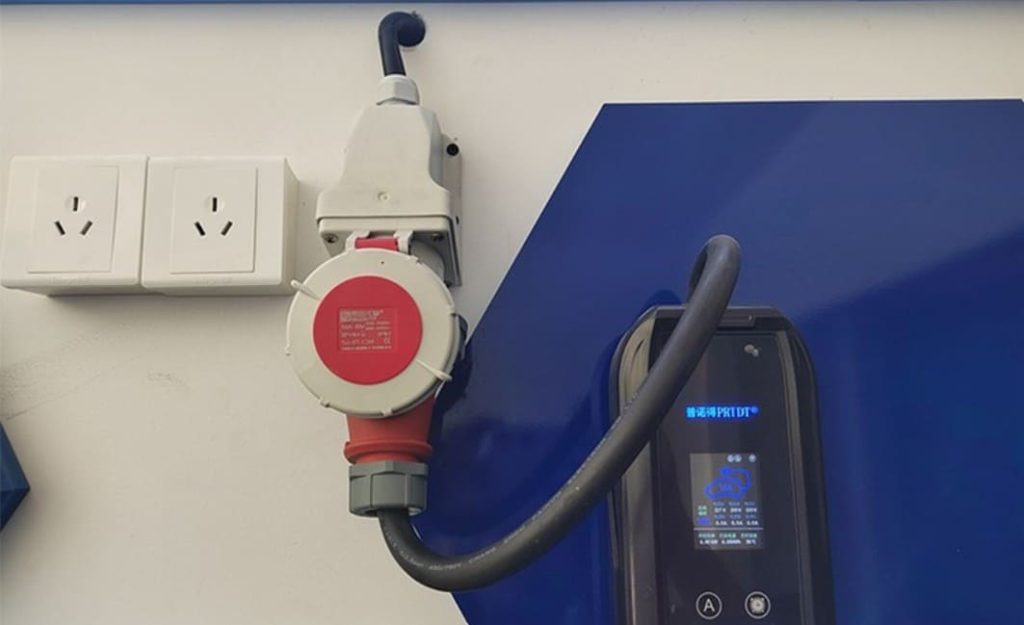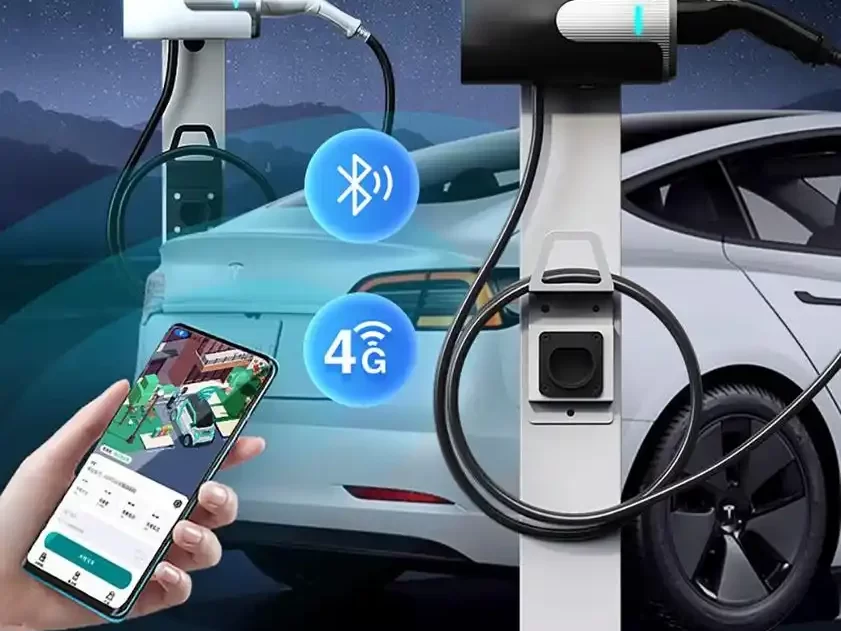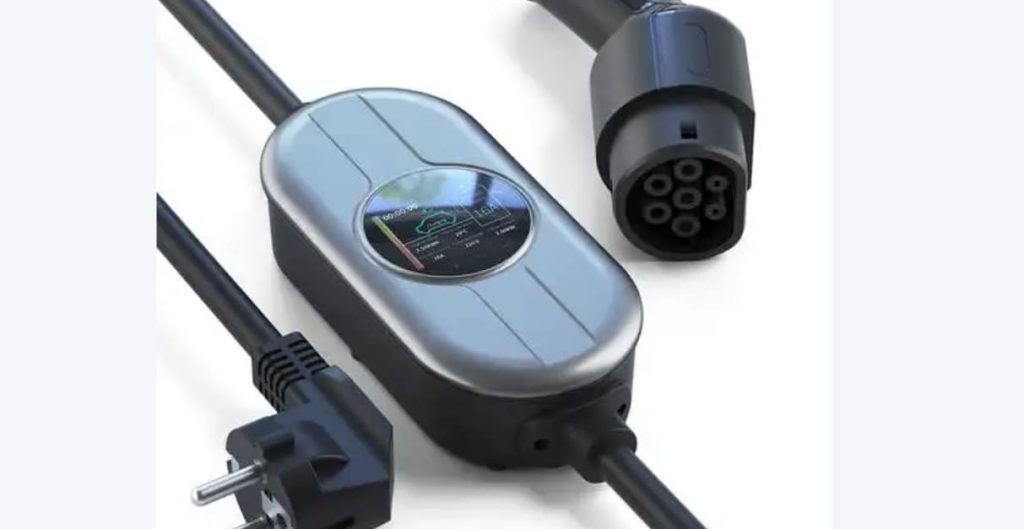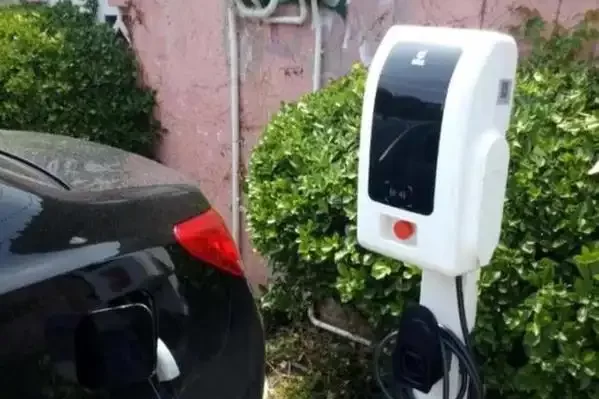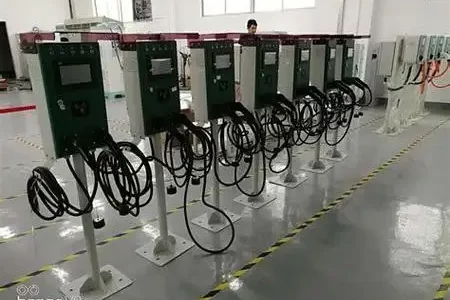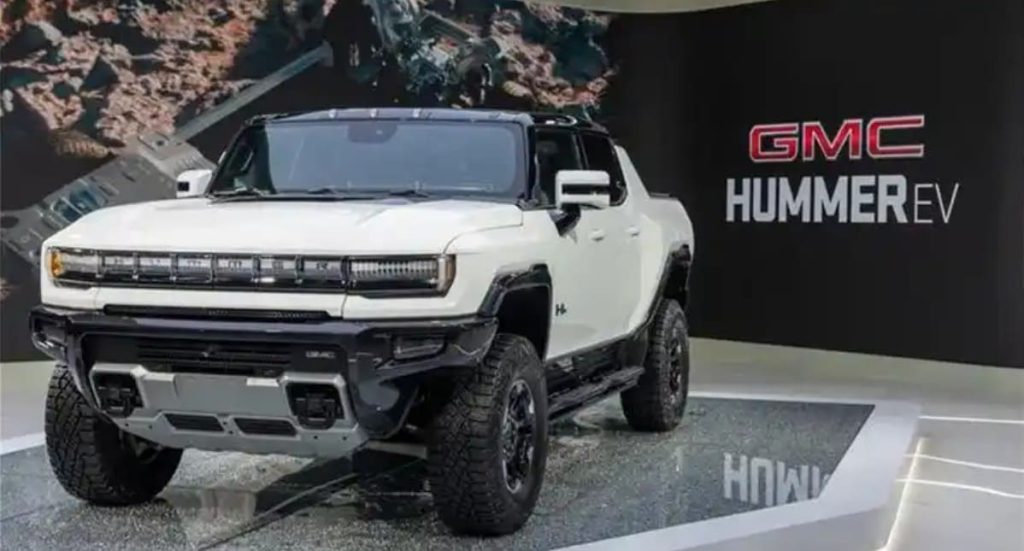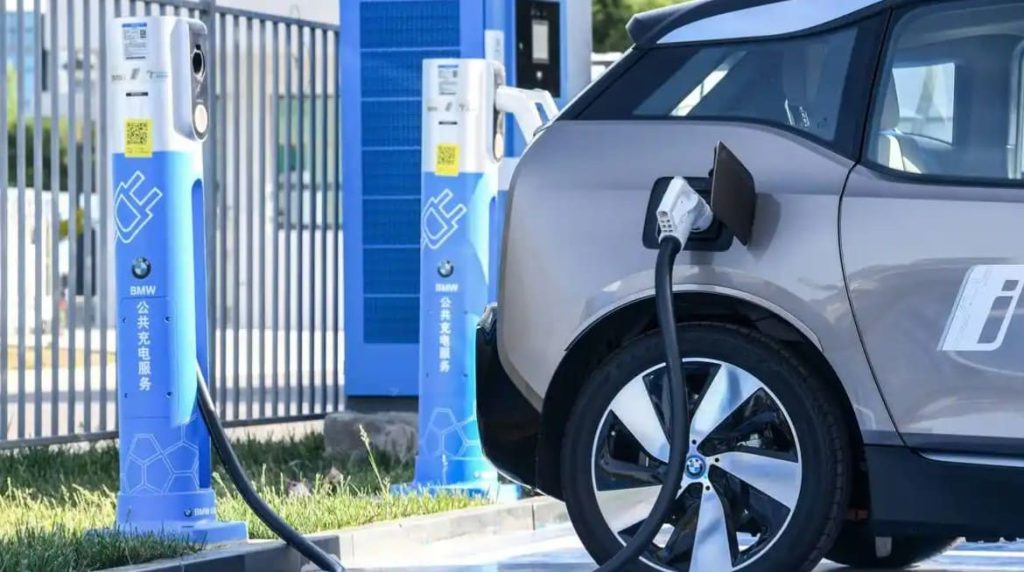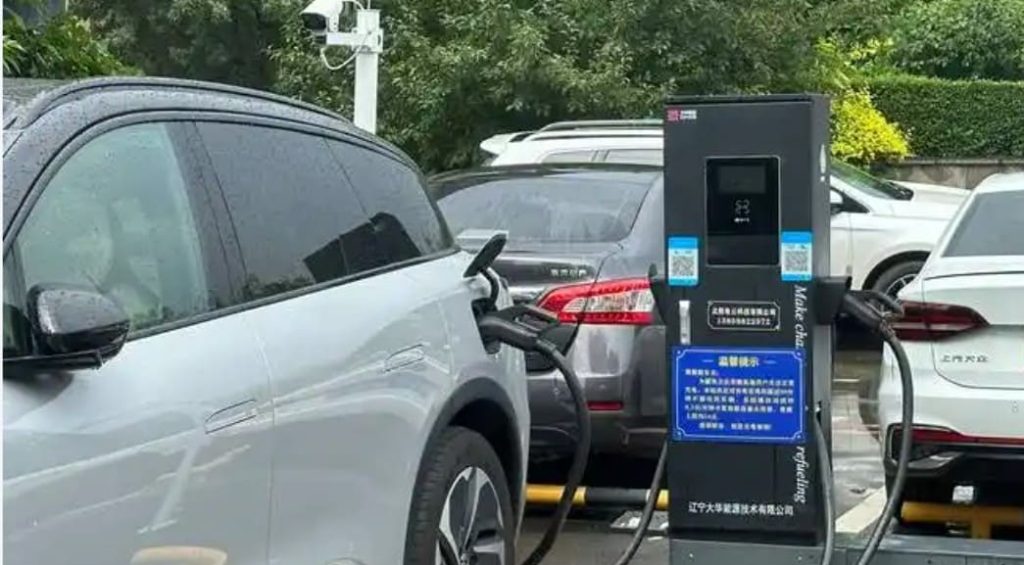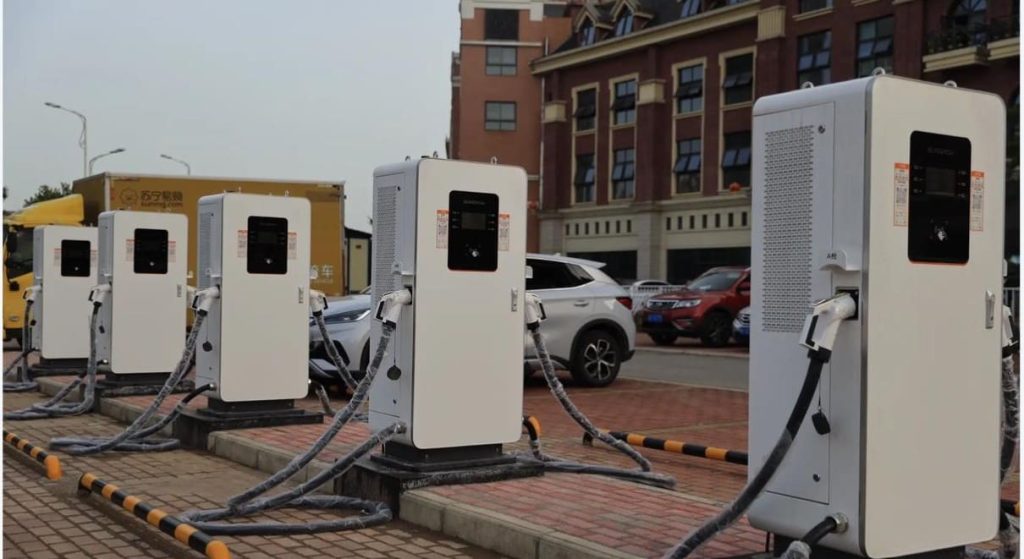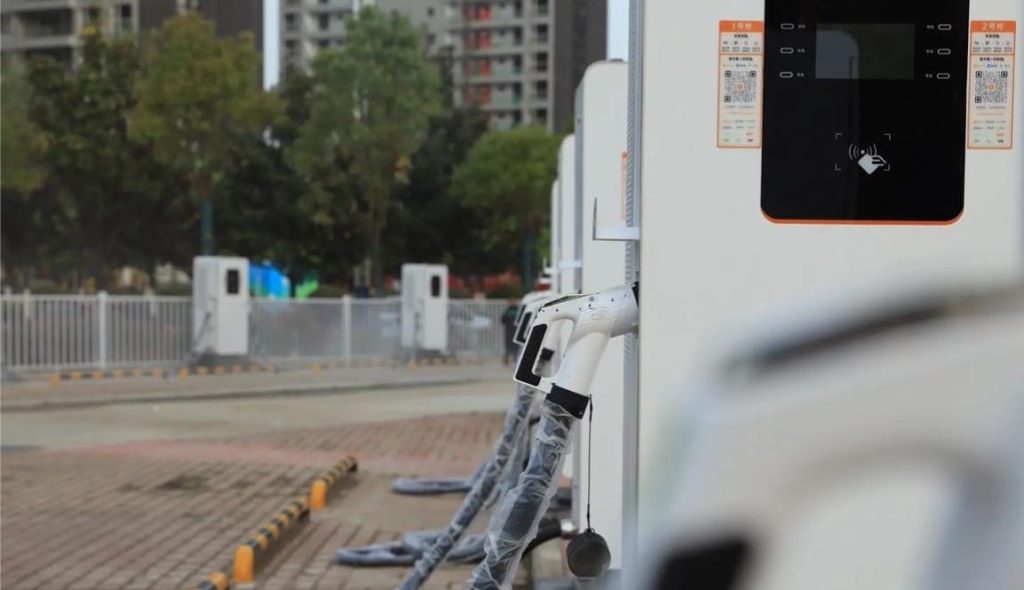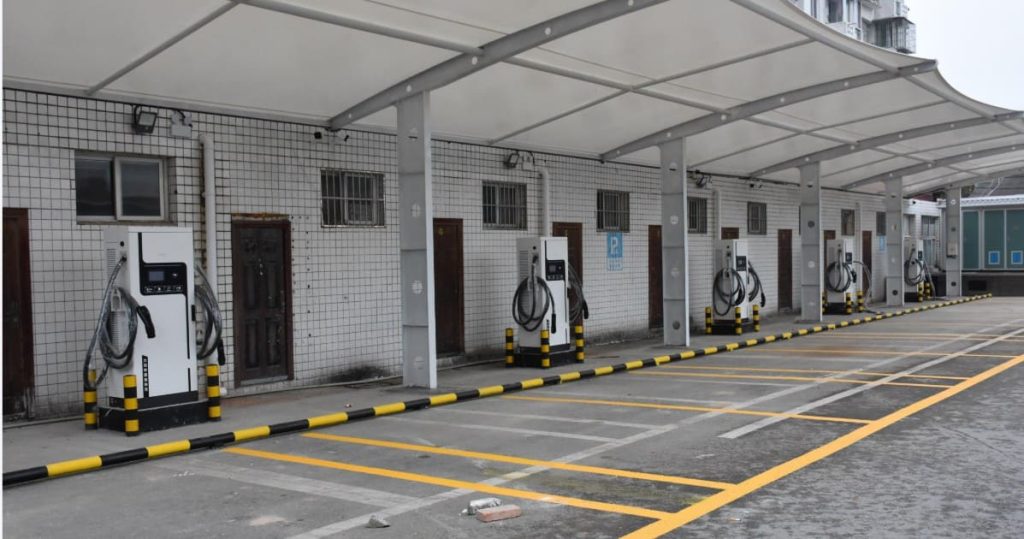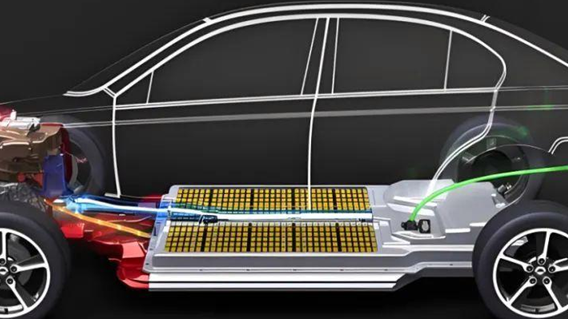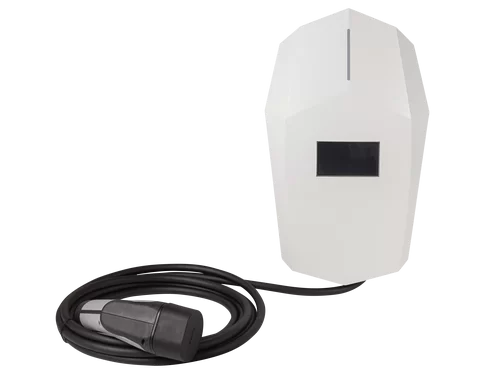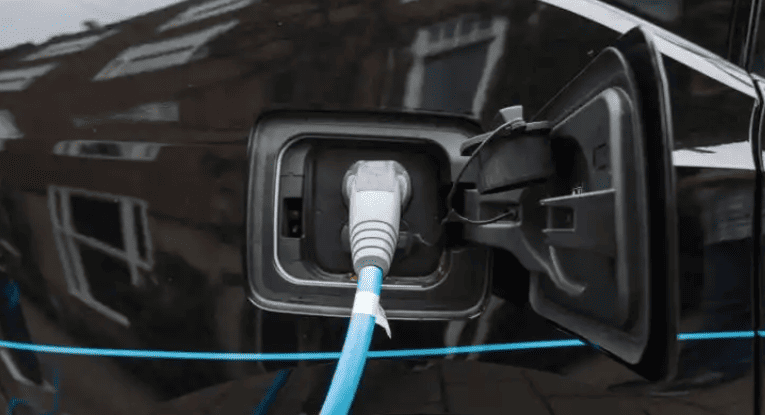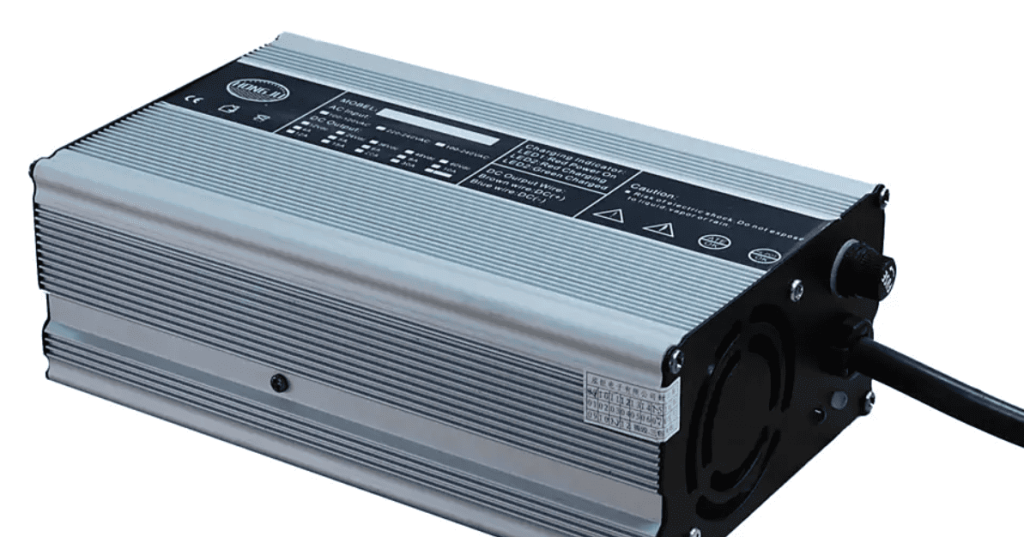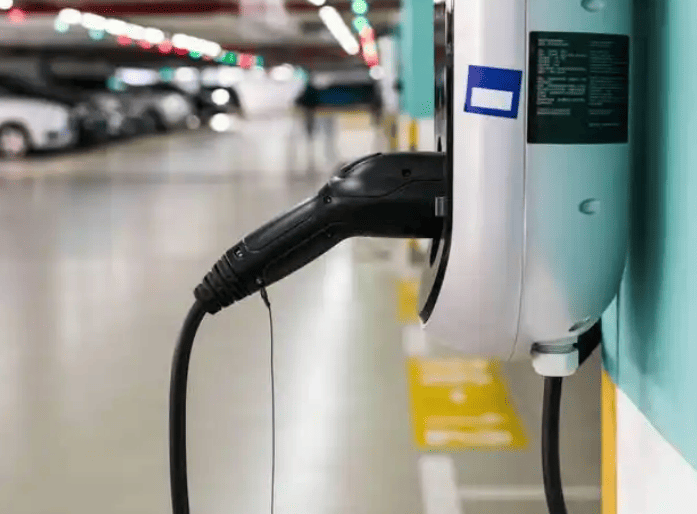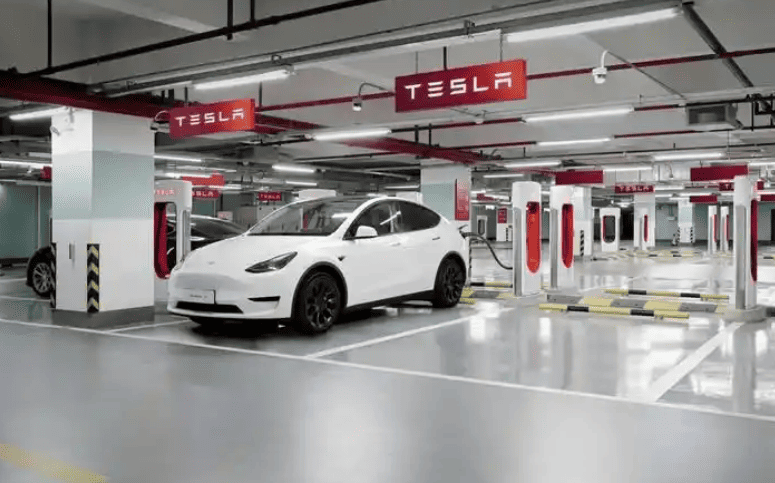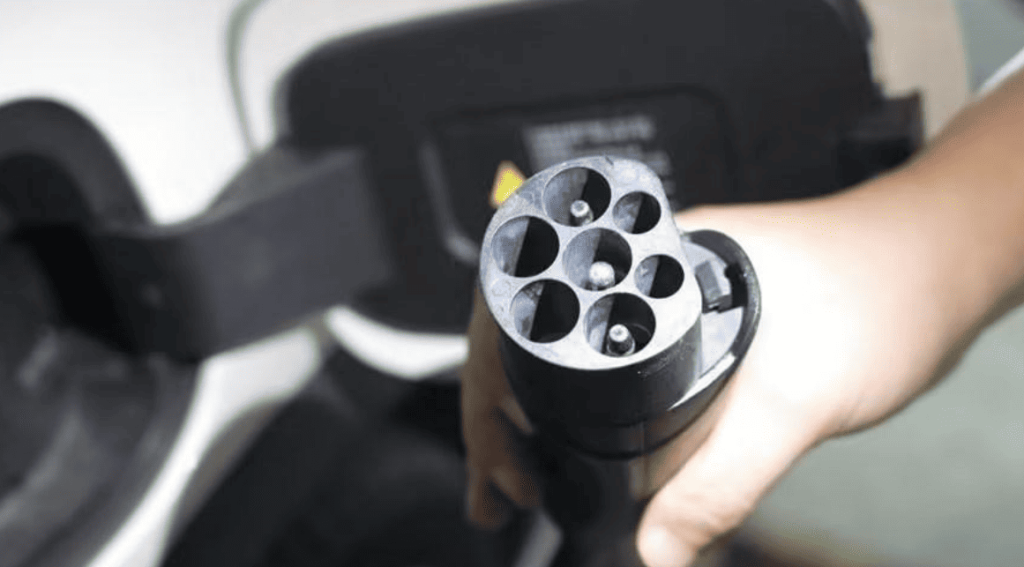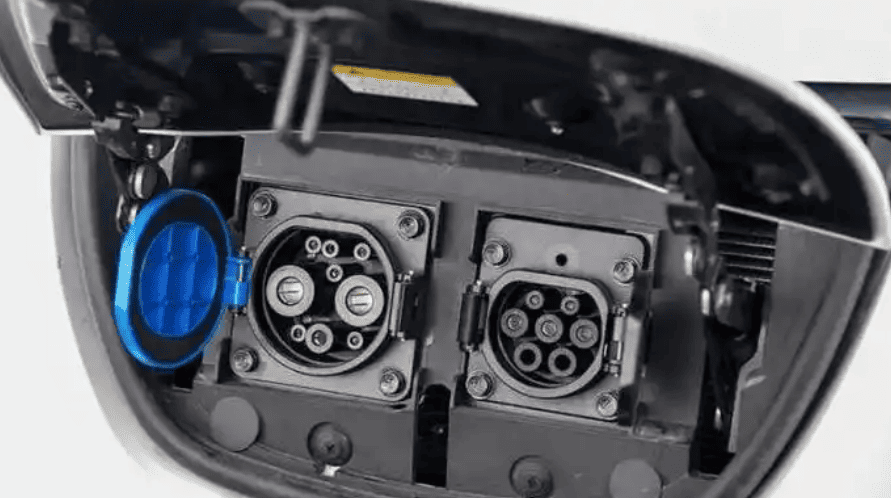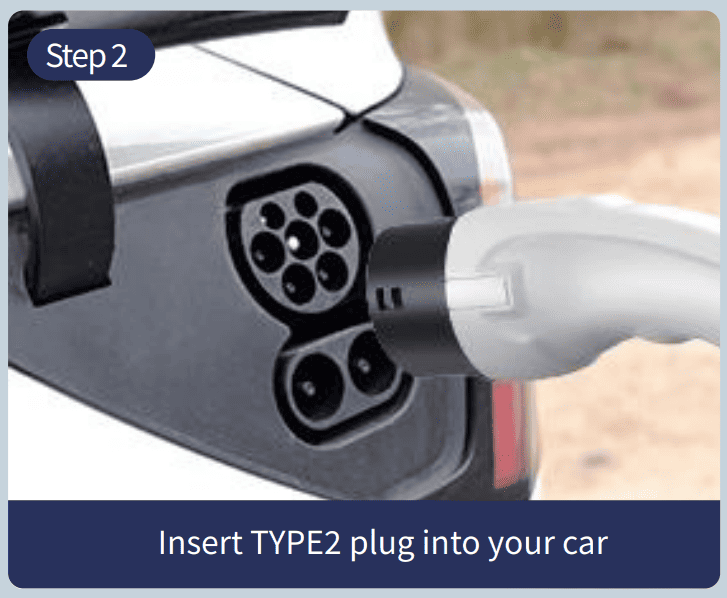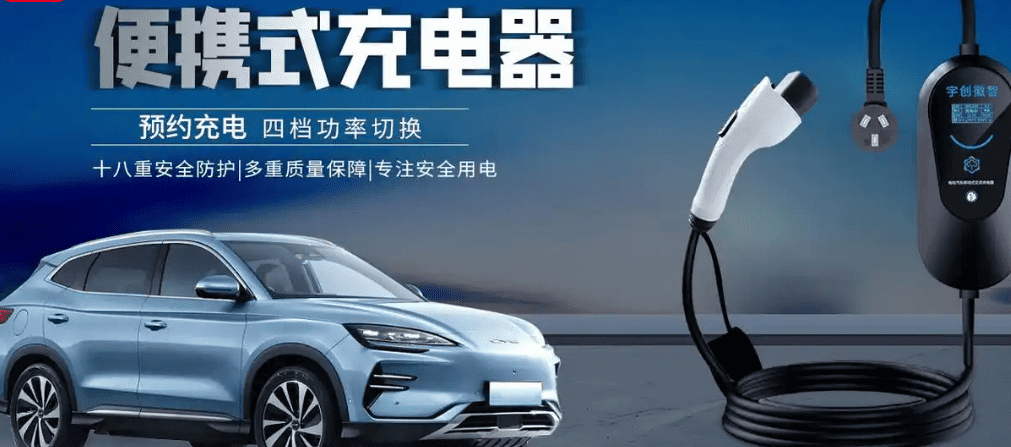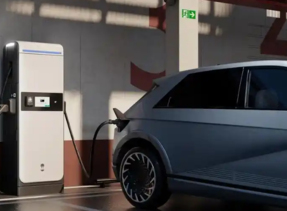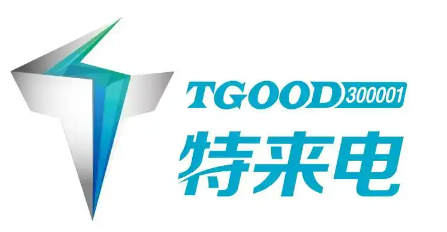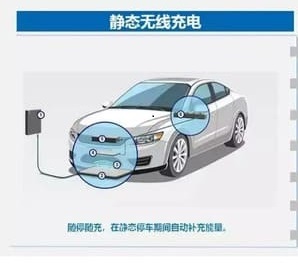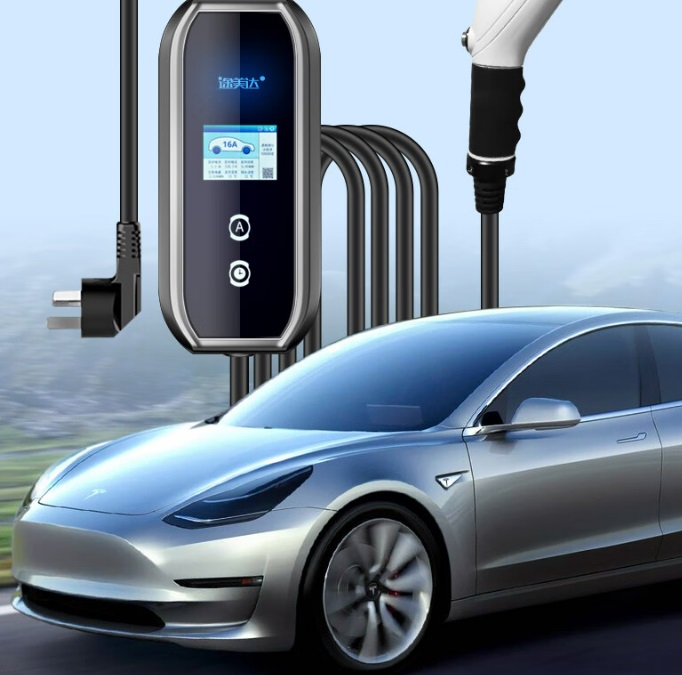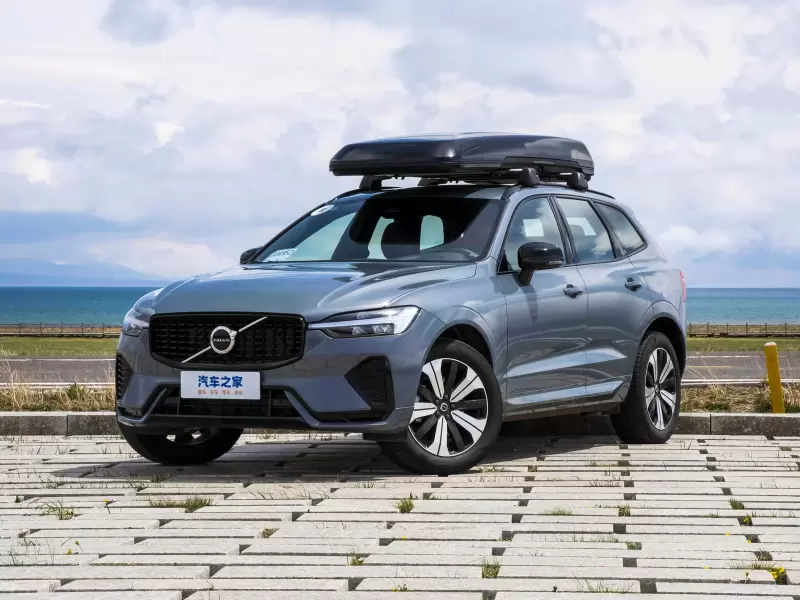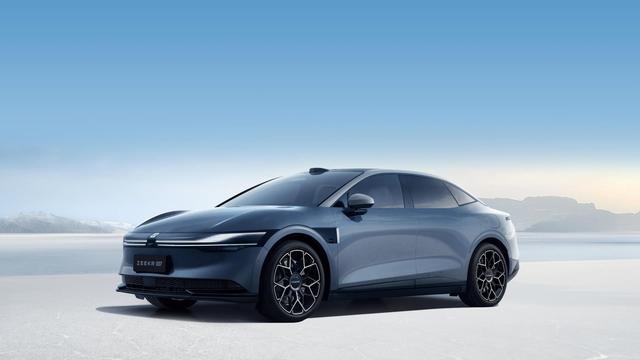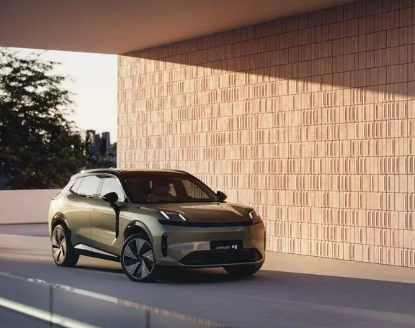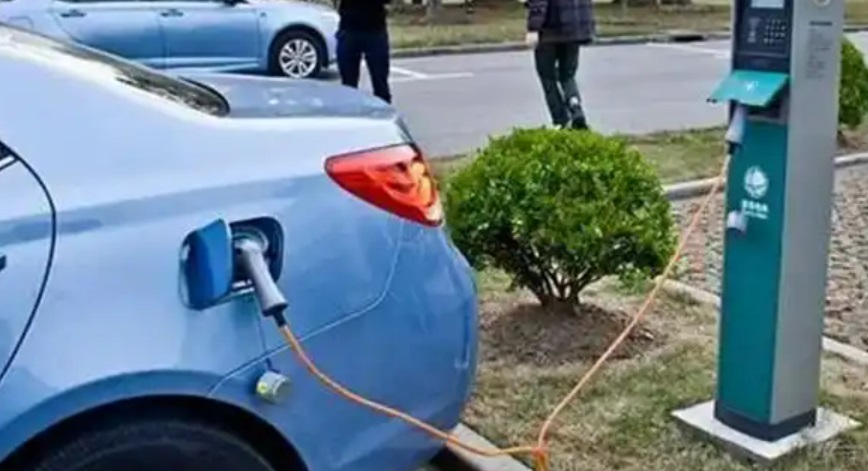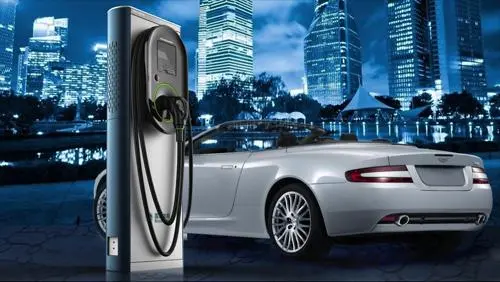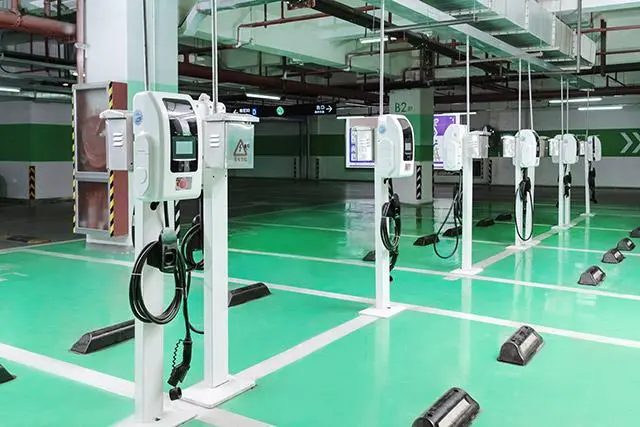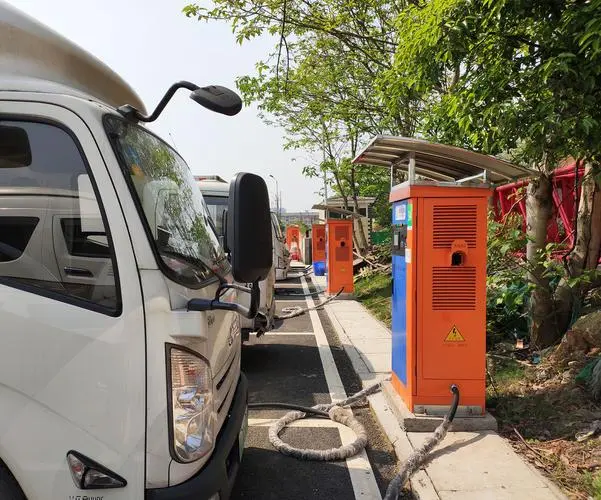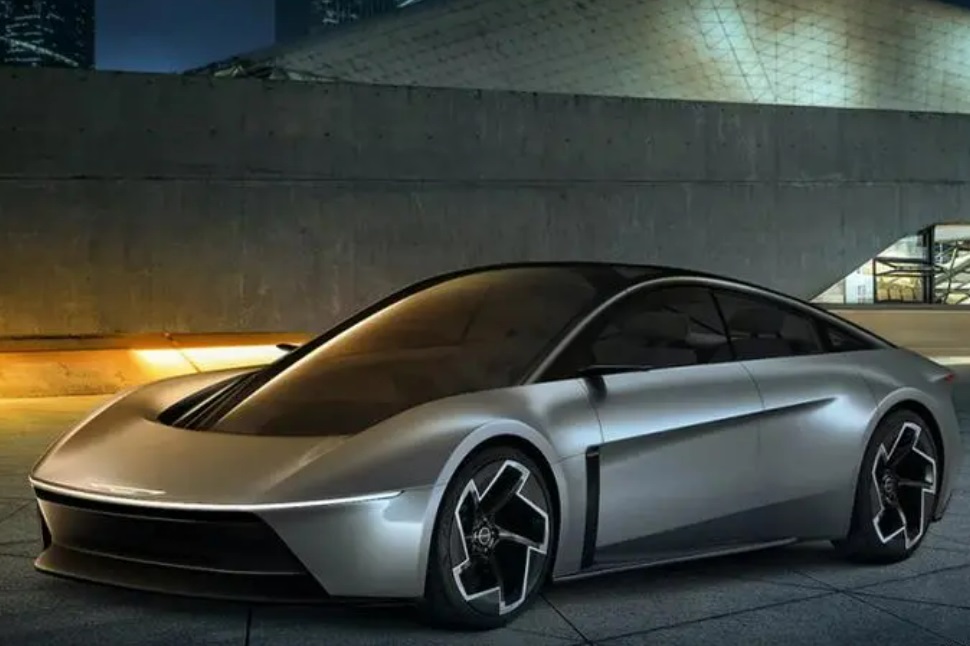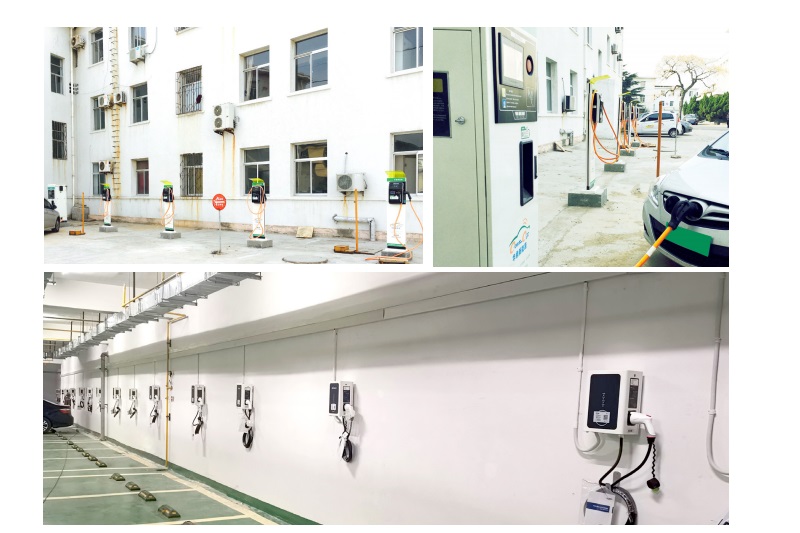Can any ev use a tesla charging station?
Can any ev use a tesla charging station?
Not all electric vehicles can use Tesla charging stations. This is the central idea that needs to be understood. While Tesla has begun opening its extensive Supercharger network to non-Tesla EVs, this access is not universal and is governed by a specific set of hardware and software requirements. Primarily, Tesla charging stations in markets like China are designed to serve vehicles that comply with the Chinese national standard, and using them involves more than just plugging in.

The primary gateway to using a Tesla Supercharger is physical compatibility. In China, Tesla charging piles utilize the GB/T 2015 standard interface, which is technically a unique connector but is functionally and physically compatible with the broader Combined Charging System (CCS) standard used by most domestic automakers. This means the physical plug on a non-Tesla vehicle must match the socket on the Tesla charger. Consequently, vehicles built for other regional standards, such as the North American CCS Combo 1, the Japanese CHAdeMO, or the European CCS Combo 2, cannot physically connect to a Tesla Supercharger in China without a bulky and often impractical adapter, which are not officially supported or recommended for use at Superchargers. Therefore, the first and most fundamental filter is whether the car is a GB/T-standard vehicle sold in the Chinese market.
Assuming the physical plug fits, the next critical hurdle is digital authentication and communication. An EV and a fast charger do not simply start transferring energy upon connection; they engage in a complex digital handshake. The car must communicate its state of charge, accept the charging parameters sent by the station, and authorize payment. For Tesla vehicles, this process is seamless and automatic. For non-Tesla vehicles, this process is managed entirely through the Tesla app (version 4.20.69 or higher) or the Tesla WeChat mini-program. A non-Tesla owner cannot simply drive up, plug in, and expect to charge. They must first locate an open Supercharger station via the app, which displays only the sites available to them. Upon arriving at the stall, they must select the specific stall number within the app to initiate the charging session. The app acts as the digital key, facilitating the communication and payment authorization that the non-Tesla vehicle itself cannot directly perform with the Tesla station. This requirement ensures that only authorized users can access the network and streamlines the billing process.
In addition to the digital handshake, the car itself needs to be compatible with the charging communication protocol that the Tesla station uses. Even if the physical connection is correct and the app is working, there is always a chance that a mismatch could prevent charging from starting, even though the majority of contemporary GB/T-standard cars use a common protocol. For this reason, Tesla has released a list of cars that are compatible. This compatible group usually includes mainstream models from manufacturers such as BYD (e.g., Han EV, Tang EV), NIO, Li Auto (ONE, L7, L8, L9), and XPeng (P7, G9). Before attempting to use a Tesla charger, owners of older or less popular EV models are encouraged to check compatibility with the manufacturer or the vehicle’s manual.
The Supercharger stall’s actual design is another frequently disregarded but essential physical restriction. The infamously short Tesla Supercharger cables are made especially for Tesla cars, which, for the majority of models, have charging ports on the rear left tail-light assembly. This results in a major practical constraint. It might be physically impossible to park close enough for the short cable to reach the charging port on a non-Tesla EV if it is located on the front right fender, the front left corner, or particularly on the right side of the car. Regardless of the vehicle model’s electronic or digital compatibility, this may make the station useless for it. Whether on purpose or accidentally, this design element gives preference to Tesla cars and those with similarly positioned ports.
Additionally, it’s critical to differentiate between the various charging options that Tesla provides. Superchargers (DC fast charging) are the main topic of the above discussion. Additionally, Tesla runs Destination Chargers, which are Level 2 AC chargers frequently seen in dining establishments, retail malls, and hotels. There may be differences in the compatibility and procedure for using these. Even though some might be accessible to non-Tesla cars as well, they might need a physical adapter for the Type 2 AC connector that some Tesla Destination Chargers use or a different authentication method, which would add another level of complexity.
In summary, even though the launch of Tesla’s Supercharger network is a significant step toward industry unification and significantly improves convenience for a large number of EV owners, it is by no means a free-for-all. Digital access keys (the Tesla app), physical design (the GB/T connector), electronic communication protocols, and useful hardware constraints (cable length and port location) are all used to carefully regulate access. Therefore, before depending on a Tesla Supercharger for their trip, a non-Tesla EV owner should proactively confirm their vehicle’s compatibility on all these fronts: making sure their model is on the supported list, checking the physical port location, and making sure they have the most recent version of the Tesla app installed. By taking a methodical approach, Tesla is able to steadily grow its user base while preserving the network’s performance and dependability.
In addition to the digital handshake, the car itself needs to be compatible with the charging communication protocol that the Tesla station uses. Even if the physical connection is correct and the app is working, there is always a chance that a mismatch could prevent charging from starting, even though the majority of contemporary GB/T-standard cars use a common protocol. For this reason, Tesla has released a list of cars that are compatible. This compatible group usually includes mainstream models from manufacturers such as BYD (e.g., Han EV, Tang EV), NIO, Li Auto (ONE, L7, L8, L9), and XPeng (P7, G9). Before attempting to use a Tesla charger, owners of older or less popular EV models are encouraged to check compatibility with the manufacturer or the vehicle’s manual.
In addition to the digital handshake, the car itself needs to be compatible with the charging communication protocol that the Tesla station uses. Even if the physical connection is correct and the app is working, there is always a chance that a mismatch could prevent charging from starting, even though the majority of contemporary GB/T-standard cars use a common protocol. For this reason, Tesla has released a list of cars that are compatible. This compatible group usually includes mainstream models from manufacturers such as BYD (e.g., Han EV, Tang EV), NIO, Li Auto (ONE, L7, L8, L9), and XPeng (P7, G9). Before attempting to use a Tesla charger, owners of older or less popular EV models are encouraged to check compatibility with the manufacturer or the vehicle’s manual.
In addition to the digital handshake, the car itself needs to be compatible with the charging communication protocol that the Tesla station uses. Even if the physical connection is correct and the app is working, there is always a chance that a mismatch could prevent charging from starting, even though the majority of contemporary GB/T-standard cars use a common protocol. For this reason, Tesla has released a list of cars that are compatible. This compatible group usually includes mainstream models from manufacturers such as BYD (e.g., Han EV, Tang EV), NIO, Li Auto (ONE, L7, L8, L9), and XPeng (P7, G9). Before attempting to use a Tesla charger, owners of older or less popular EV models are encouraged to check compatibility with the manufacturer or the vehicle’s manual.
